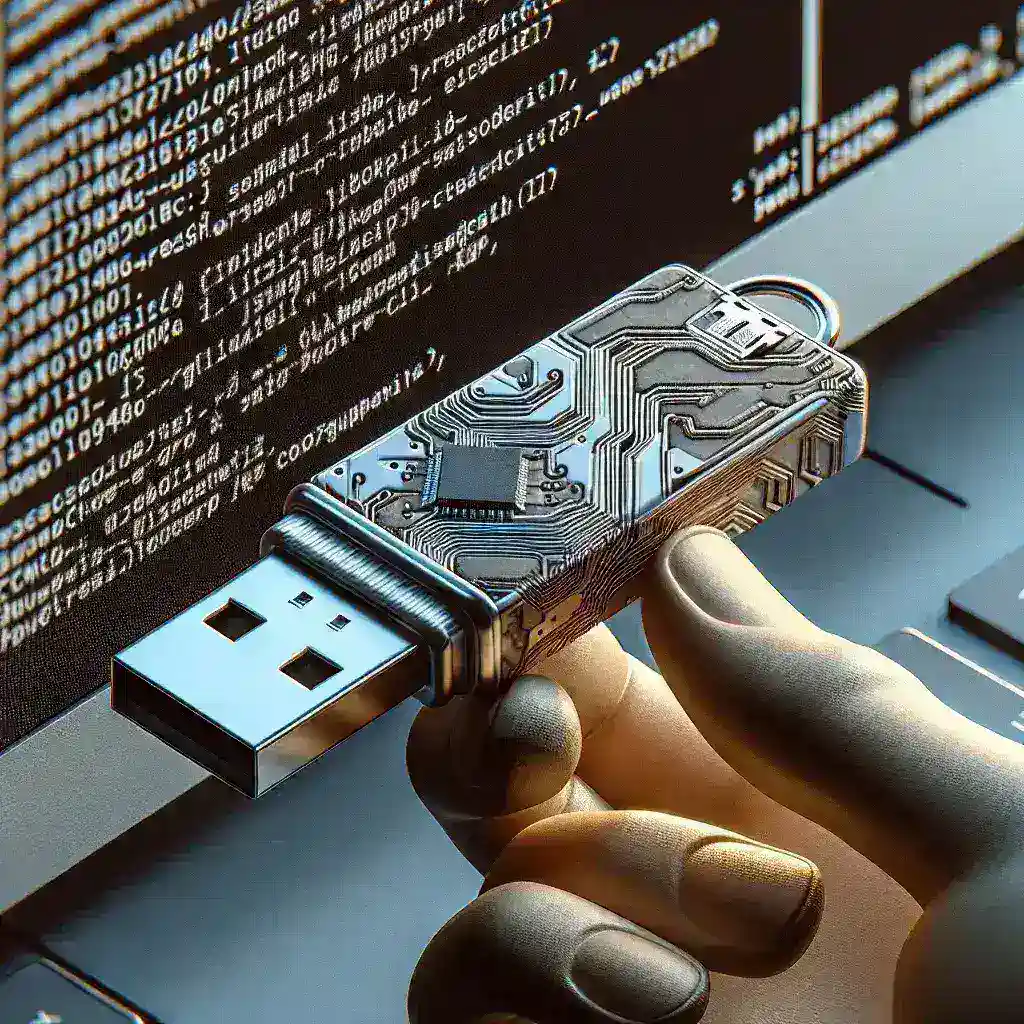Flash drives, also known as USB drives, are essential tools for transferring and safeguarding data. However, these portable devices are not immune to corruption, which can render data inaccessible. The good news is that there are several ways to fix a corrupted flash drive without formatting it and losing your valuable data. In this article, we will explore different techniques to help you recover your corrupted flash drive.
Common Causes of Flash Drive Corruption
Understanding the root causes of flash drive corruption can help you take preventive measures. Here are some of the most common reasons:
- Improper ejection of the flash drive from the computer.
- Virus or malware infections.
- File system errors.
- Physical damage to the flash drive.
- Power surges while the drive is in use.
Method 1: Using the Command Prompt
Step 1: Open Command Prompt
On your keyboard, press Windows Key + X and select Command Prompt (Admin).
Step 2: Type the Command
Enter the following command and press Enter:
chkdsk X: /f
Replace ‘X’ with the drive letter of your flash drive.
Step 3: Wait for the Process to Complete
The command will scan the flash drive for errors and attempt to fix them. This process may take several minutes.
Method 2: Use Windows Explorer
Step 1: Open Windows Explorer
Press Windows Key + E to open Windows Explorer.
Step 2: Locate the Flash Drive
Right-click on your flash drive and select Properties.
Step 3: Run Error Checking
Go to the Tools tab and click on Check under the Error Checking section.
Step 4: Follow the Prompts
Choose to scan and repair the drive if any errors are found.
Method 3: Using Third-Party Software
If the built-in Windows methods do not work, third-party software like Recuva, Stellar Data Recovery, or Disk Drill can be effective alternatives.
Step 1: Download and Install Software
Download and install the software of your choice on your computer.
Step 2: Scan the Flash Drive
Open the software and select your flash drive for scanning.
Step 3: Recover Files
Follow the on-screen instructions to recover and save your files.
Method 4: Check Disk Management
Sometimes, the flash drive may fail to show up in File Explorer but appears in Disk Management.
Step 1: Open Disk Management
Press Windows Key + X and select Disk Management.
Step 2: Locate the Flash Drive
Check if your flash drive appears here.
Step 3: Assign a Drive Letter
If it does not have a drive letter, right-click on the flash drive and select Change Drive Letter and Paths. Assign a new drive letter.
Method 5: Update Drivers
Outdated drivers can sometimes be the root cause of corruption.
Step 1: Access Device Manager
Press Windows Key + X and choose Device Manager.
Step 2: Locate the Flash Drive
Expand the Disk drives section and right-click on your flash drive. Select Update Driver.
Step 3: Follow the Prompts
Choose to search automatically for updated driver software and follow the on-screen instructions.
Preventive Measures
To avoid future corruption, consider these preventive measures:
- Always eject your flash drive properly.
- Keep your antivirus software up-to-date.
- Avoid exposing the flash drive to physical damage or extreme temperatures.
- Backup your data regularly to another storage device or cloud service.
Conclusion
Corrupted flash drives can be a major inconvenience, but they do not always mean the end of your data. By following these methods, you can effectively fix a corrupted flash drive without formatting. Remember to always take preventive measures to protect your flash drive and data from future corruption.

